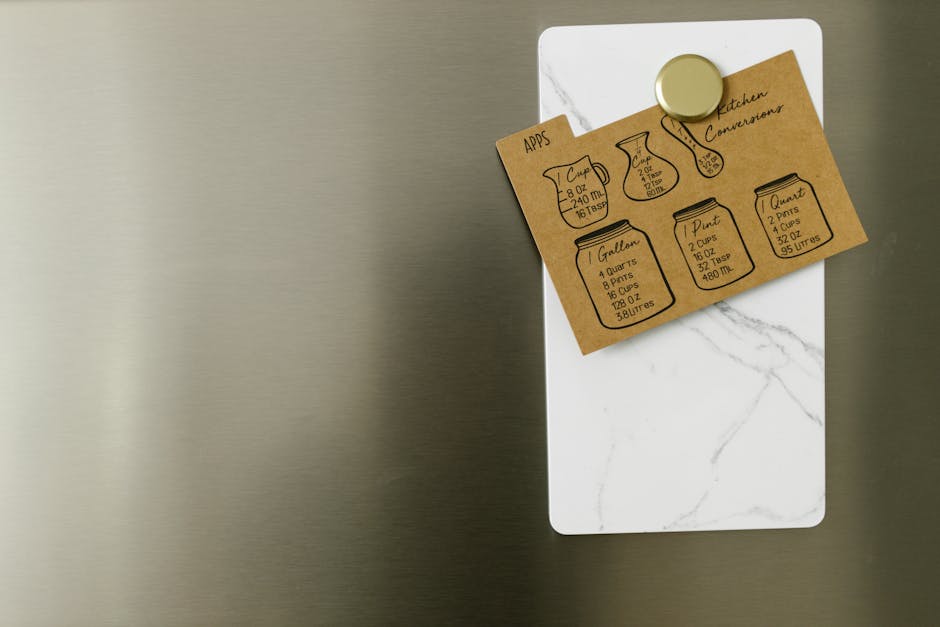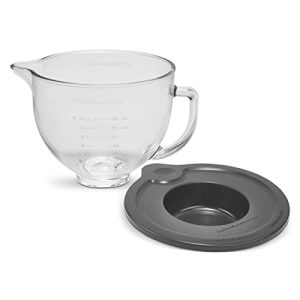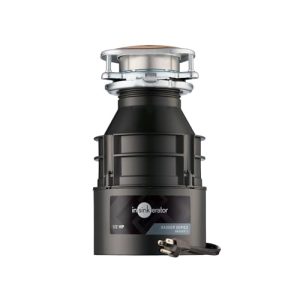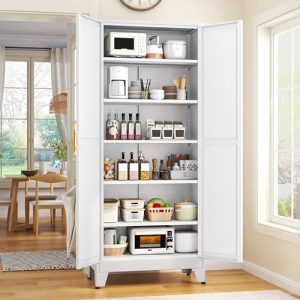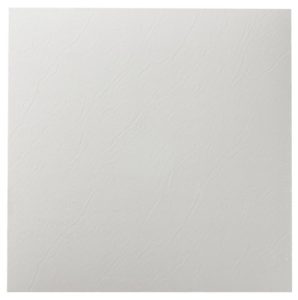If you need to remove your Kitchen Aid refrigerator model KSSO36QTB00, you might feel unsure where to start. Removing a large appliance can seem tricky, but with the right steps, you can do it safely and without stress.
In this guide, you will discover clear, simple instructions that make the whole process easier than you expect. By following these tips, you’ll save time, avoid damage, and get your kitchen ready for whatever comes next. Keep reading to learn exactly how to remove your Kitchen Aid refrigerator smoothly and confidently.
Tools Needed
Removing a Kitchen Aid refrigerator model KSSO36QTB00 requires some specific tools. Using the right tools makes the job easier and safer. Gather all tools before starting to avoid interruptions.
Each tool has its role. Some help in disconnecting power or water lines. Others assist in moving or lifting the heavy appliance.
Screwdrivers
- Phillips head screwdriver for screws on panels
- Flathead screwdriver for prying and lever actions
Wrench Set
- Adjustable wrench to loosen water supply connections
- Socket wrench for bolts under the fridge
Utility Knife
- For cutting seals or tape around the fridge
- Helps in trimming insulation if needed
Tape Measure
- Measures space around the refrigerator
- Ensures clearance for removal and installation
Gloves And Safety Gear
- Protect hands from sharp edges and dirt
- Safety glasses to shield eyes from dust
Appliance Dolly Or Moving Straps
- Helps in safely moving the heavy refrigerator
- Reduces strain and prevents damage to floors
Preparing The Refrigerator
Preparing the Kitchen Aid Refrigerator Ksso36Qtb00 for removal requires careful steps. These steps ensure safety and prevent damage to the appliance and your kitchen. Proper preparation makes the removal process smooth and hassle-free.
Unplugging The Unit
Always unplug the refrigerator before starting any work. This prevents electrical shocks and protects the appliance. Locate the power cord behind the unit and gently pull it from the outlet.
Do not yank the cord. Use a steady grip to avoid damage to the plug or socket. Unplugging also stops the compressor and lights inside the fridge.
Emptying Contents
Remove all food and beverages from inside the refrigerator and freezer. Dispose of expired items and pack perishable goods in a cooler if needed. This step reduces weight and avoids spills during removal.
Check all compartments, including door shelves and crisper drawers. Take out all loose items and store them safely elsewhere. Clean any spills or crumbs to prevent messes.
Removing Shelves And Drawers
Take out all removable shelves and drawers. This makes the fridge lighter and easier to handle. Most shelves slide out after lifting slightly or pressing release tabs.
Handle glass shelves carefully to avoid cracks. Place removed parts on a soft surface to prevent scratches. Removing these parts also protects them from damage during transport.
Disconnecting Water Supply
Disconnecting the water supply is a key step before removing your Kitchen Aid refrigerator KSsO36QTB00. It prevents water leaks and protects your floor from damage. This step involves turning off the water source and safely detaching the water line.
Take your time during this process to avoid unnecessary mess and damage. Follow these simple instructions to disconnect the water supply correctly.
Locate The Water Shut-off Valve
Find the water shut-off valve behind or near your refrigerator. It is usually a small valve connected to a water line. Turn the valve clockwise to stop water flow completely.
Prepare For Water Drainage
Place a towel or shallow container under the water line connection. This will catch any water left in the tube and prevent spills. Keep some paper towels nearby for quick cleanup.
Disconnect The Water Line
Use pliers or your hands to carefully loosen the fitting connecting the water line to the valve or refrigerator. Pull the tube gently out once loosened. Avoid damaging the line or valve during removal.
Cap Or Seal The Water Line
Seal the open end of the water line with a cap or plug. This stops dust and debris from entering the line. A simple plastic cap or a piece of tape works well for short-term sealing.
Detaching Electrical Connections
Carefully unplug the refrigerator from the power source to ensure safety. Gently disconnect the electrical connectors by pressing the release tabs before pulling them apart. Handle wires with care to avoid damage during removal.
Detaching electrical connections is a crucial step when removing your Kitchen Aid Refrigerator Ksso36Qtb00. This process ensures safety and prevents damage. Follow these steps carefully to safely detach the electrical connections.Turn Off The Power Supply
First, locate the main power switch or circuit breaker. Turn it off to cut power to the refrigerator. This prevents any electrical accidents during the process. Ensure the switch is fully turned off before proceeding.Unplug The Refrigerator
Next, gently pull the refrigerator away from the wall. Locate the power cord and unplug it from the wall socket. This ensures no electricity flows through the unit.Disconnect The Water Supply Line
Locate the water supply line, usually found at the back. Carefully disconnect it to avoid any water leakage. Use a towel to catch any drips or spills.Identify And Detach Wiring Connectors
Look for wiring connectors attached to the refrigerator. These are typically located at the back or underneath. Gently disconnect each connector. Ensure no wires are left hanging or exposed.Secure Loose Wires
Once all connections are detached, secure loose wires with tape. This prevents them from dangling and causing accidents. Ensure they are neatly tucked away.Inspect For Any Leftover Connections
Double-check for any missed connections. Ensure all wires and lines are detached. This step ensures the refrigerator can be moved safely without damage.Moving The Refrigerator
Moving your Kitchen Aid Refrigerator KSSO36QTB00 requires care and attention to avoid damage to both the appliance and your home. This section guides you through essential tips for safely moving the refrigerator, ensuring your floors stay unscathed and your back stays protected. Let’s focus on how to move the unit without stress or injury.
Protecting Your Floor
Floors can easily get scratched or dented when moving a heavy refrigerator. To prevent this, place thick furniture sliders or moving blankets under the fridge’s feet before sliding it out.
If you don’t have sliders, a sturdy piece of cardboard or plywood can work as a shield. Moving slowly and avoiding sudden jerks will reduce the risk of damage.
Have you checked the type of flooring in your kitchen? Hardwood floors need extra care compared to tile or linoleum, so adjust your protective measures accordingly.
Using Proper Lifting Techniques
Refrigerators are heavy and awkward to lift, which can lead to injury if you’re not careful. Always bend your knees and keep your back straight while lifting to engage your leg muscles, not your back.
Ask someone to help you whenever possible. Team lifting spreads the weight and makes maneuvering easier around doorways or narrow hallways.
Use lifting straps if you have them; they help distribute the fridge’s weight evenly and give you a better grip. Have you ever tried lifting without paying attention to your posture? It’s a quick way to strain muscles and slow down your move.
Removing The Refrigerator From The Space
Removing your Kitchen Aid Refrigerator KSSO36QTB00 from its space can feel like a big task, but breaking it down makes it manageable. You’ll want to protect your floors, avoid damage to the appliance, and keep yourself safe. Let’s focus on the key parts of pulling this refrigerator out smoothly and efficiently.
Prepare The Area Around The Refrigerator
Start by clearing the space around your fridge. Remove any rugs or mats that might catch or slip as you move the appliance. Make sure there’s a clear path from the fridge to wherever you plan to move it.
It’s also smart to protect your floor with cardboard or a blanket. This prevents scratches and makes sliding the fridge easier. Have a helper ready—this job is much safer and simpler with two people.
Disconnect Power And Water Lines
Before moving the refrigerator, unplug it from the electrical outlet to avoid any risk of electric shock. If your model has a water line for the ice maker or water dispenser, turn off the water supply valve and disconnect the line carefully.
Check for any remaining water in the lines to avoid spills. Keep towels handy to catch drips. Skipping this step can lead to a messy cleanup later.
Remove Any Obstacles And Secure Loose Parts
Take out all removable items inside the fridge like shelves, drawers, and door bins. This lightens the weight and stops them from shifting or breaking during the move.
Close and secure the doors with tape or rope to prevent them from swinging open. Loose doors can cause injury or damage to walls and furniture.
Slide The Refrigerator Out Carefully
With your helper, gently rock the fridge side to side to loosen it from its spot. Use a furniture dolly or sliders under the fridge’s base if you have them. This reduces strain and protects your floors.
Keep the fridge upright to protect the compressor and internal components. Tilting it too far can cause damage you don’t want to deal with later.
Handle Tight Spaces And Door Frames
If the fridge is stuck in a narrow doorway or tight kitchen area, measure the width and height of both the fridge and the space before moving. Removing doors or door frames temporarily can give you extra room.
Take your time maneuvering around corners. It’s tempting to rush, but slow and steady prevents dings and scratches. How often do you find that patience saves the day during home projects?
Frequently Asked Questions
How Do I Safely Disconnect The Kitchen Aid Ksso36qtb00?
First, unplug the refrigerator from the power source. Next, turn off the water supply if connected. This prevents electrical hazards and water leaks. Always handle with care to avoid damage or injury during disconnection.
What Tools Are Needed To Remove Kitchen Aid Ksso36qtb00?
You need a screwdriver, wrench, and pliers. These tools help remove screws, bolts, and water lines. Having these ready ensures a smooth and efficient removal process.
How To Remove The Refrigerator Doors On Ksso36qtb00?
Locate the hinge screws at the top and bottom of each door. Unscrew them carefully using a screwdriver. Lift the doors off gently to avoid damaging hinges or the door itself.
Can I Remove The Ksso36qtb00 Without Professional Help?
Yes, with basic tools and careful steps, you can do it yourself. Follow the manufacturer’s instructions closely. If unsure, consider consulting a professional to avoid damage.
Conclusion
Removing the Kitchen Aid refrigerator KSSO36QTB00 is simple with these steps. Take your time and follow each part carefully. Always unplug the fridge before starting to stay safe. Use the right tools to avoid damage. If you feel stuck, ask for help from a friend or professional.
Doing the job yourself saves money and gives satisfaction. Now, you are ready to handle the removal with confidence. Keep this guide for future use or repairs.

Sophie Hartwell is the founder of KitchenQuik.com, where she shares kitchen tips, smart cooking hacks, and the best product picks to make everyday cooking easier and more enjoyable.
